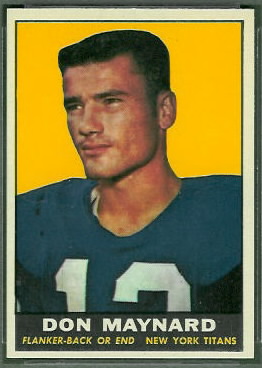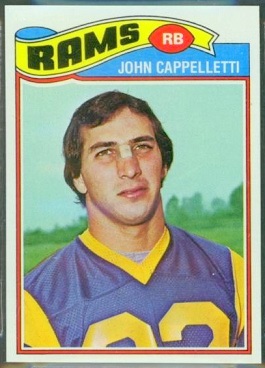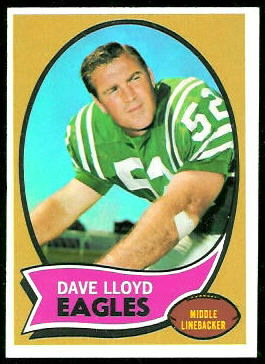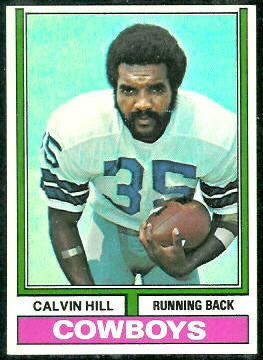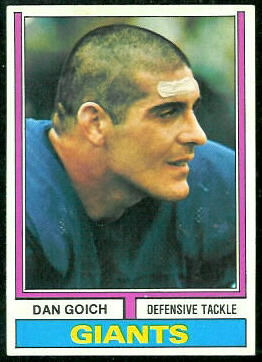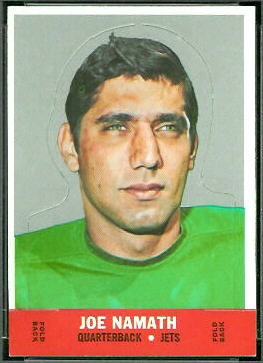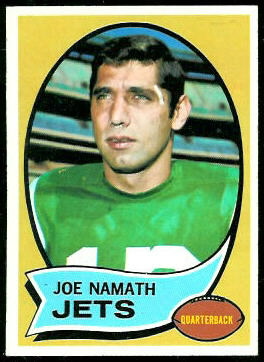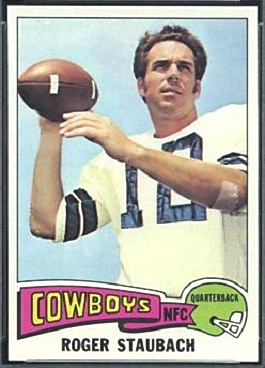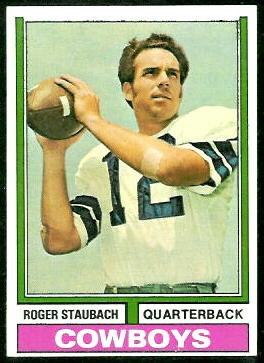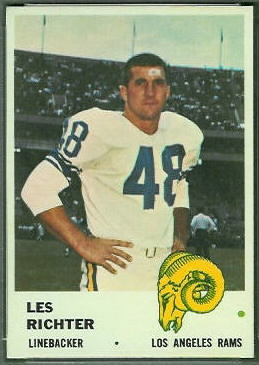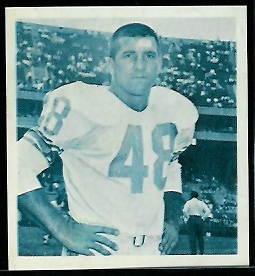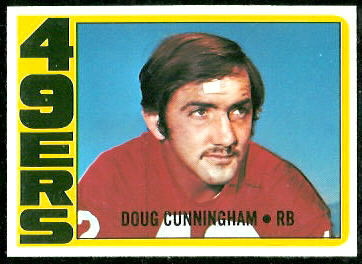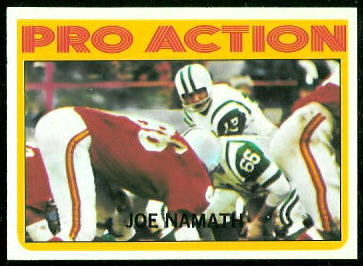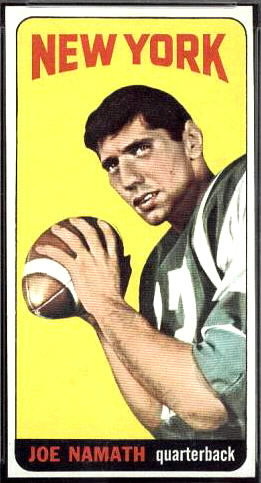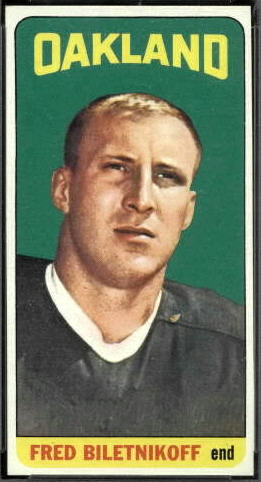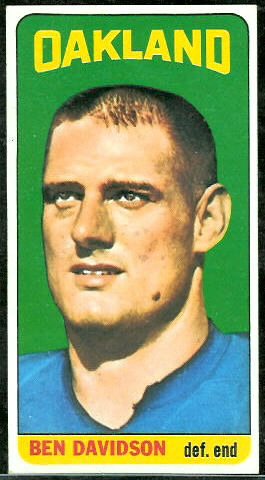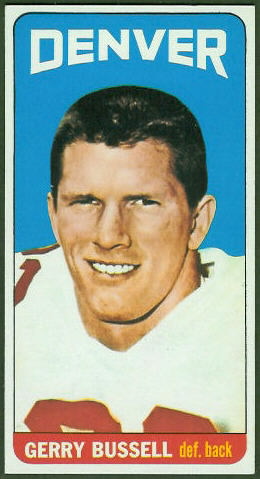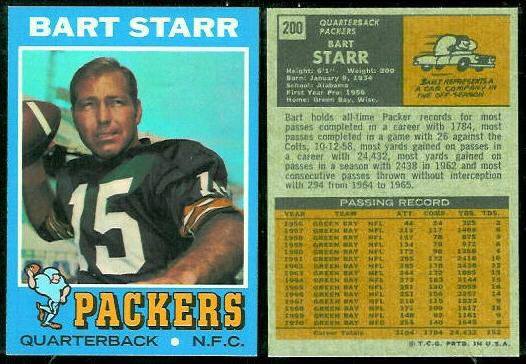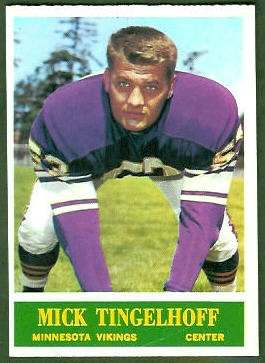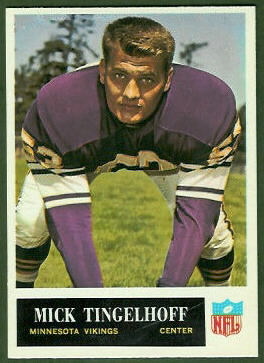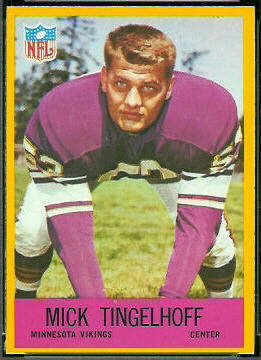The New York Jets’ New Ring of Honor
July 21st, 2010 | Published in Halls of Fame
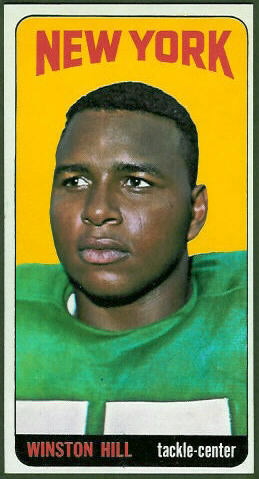 The New York Jets announced yesterday that their new stadium, New Meadowlands Stadium, will include a Jets Ring of Honor. The Jets chose five former players and a former coach as the first inductees. Here are the inductees, along with information on their cards:
The New York Jets announced yesterday that their new stadium, New Meadowlands Stadium, will include a Jets Ring of Honor. The Jets chose five former players and a former coach as the first inductees. Here are the inductees, along with information on their cards:
- Weeb Ewbank – Ewbank coached the Jets from 1963 to 1973; before that he coached the Baltimore Colts from 1954 to 1962. I don’t believe Ewbank appeared by himself on a card in his coaching days, but he did appear on some of the Colts team cards (he’s named on the 1956 Topps card), and probably on the 1964 Topps Jets team card–if Topps didn’t use an old photo. It’s usually hard to pick out coaches on team cards, unfortunately, since the coaches don’t wear numbers. Ewbank did appear on some cards in tribute sets in the 1980s and later, though. You can find a lot of the tribute cards on eBay.
- Winston Hill – Hill’s rookie card is the 1965 Topps card pictured here, and he also appeared on a bunch of cards after that. You can see most of Hill’s cards in the Vintage Football Card Gallery.
- Joe Klecko – Klecko’s rookie card is a 1978 Topps, and he appeared on a lot of cards in the 80s. As I wrote in an earlier post, I once bought a bunch of his rookie cards from Teletrade, and I sold them recently for next to nothing. Will they jump in price now that he’s in the Ring of Honor? Probably not. You can find most of Klecko’s cards on eBay.
- Curtis Martin – Martin appeared on a billion cards between 1995 and 2006. I don’t handle modern cards, so I’m afraid I can’t say much about them. You can find a nice selection on eBay.
- Don Maynard – Maynard has two rookie cards, a 1961 Topps (pictured here) and a 1961 Fleer, and he appeared on cards every year through his last season, 1973. (His 1973 Topps card has him still with the Jets, but he played for the Cardinals that season.) You can see most of Maynard’s cards in the Vintage Football Card Gallery.
- Joe Namath – Namath’s rookie card, a 1965 Topps, is one of the most familiar cards in the hobby. (See J is for Joe Namath–and the 1965 Topps Tall Boys.) From 1965 to 1973, he appeared on numerous regular issue cards, oddballs, and inserts. Oddly, though he was still playing, he did not appear on any cards from 1974 to 1977. After he retired, he appeared on cards in a lot of tribute sets. You can see most of Namath’s cards from his playing days in the Vintage Football Card Gallery, and a lot of the rest on eBay.
